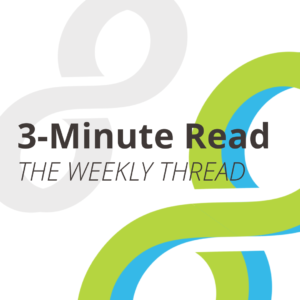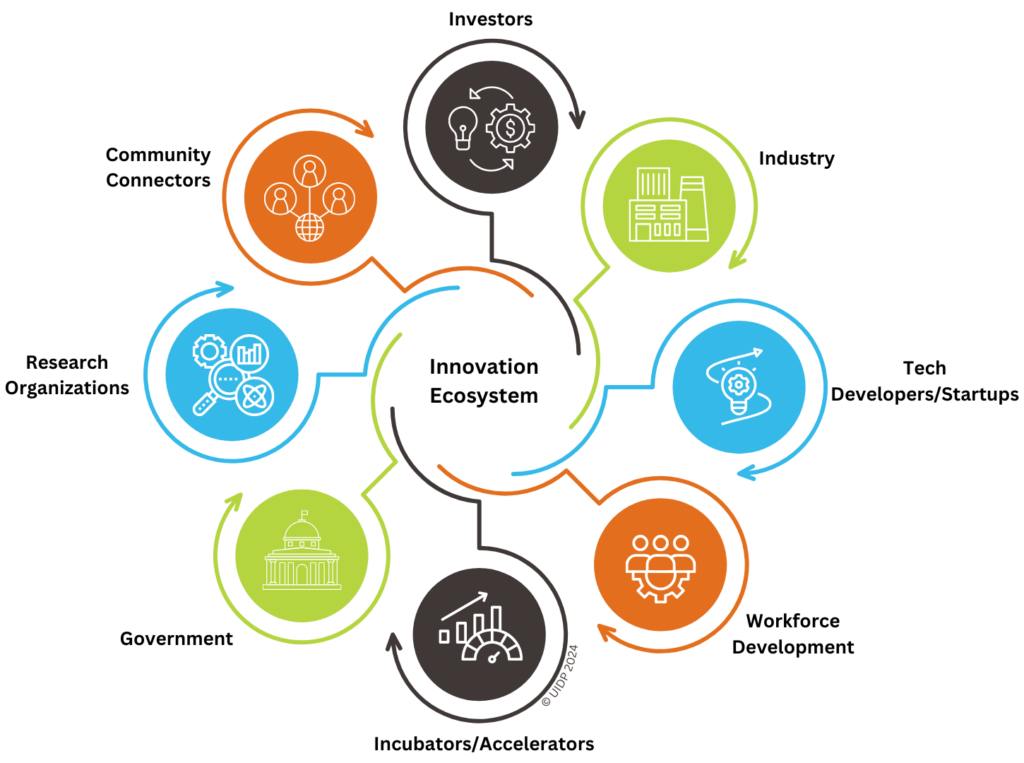Benefits and Challenges in Cross-Sector Collaborations: Lessons from the UIDP Researcher Guidebook
April 3, 2024 —Professionals in university-industry partnerships are aware of the potential challenges and benefits of these important collaborations. Partners bring access to resources, expertise, and talent, while misalignment around IP, contracting snags, and organizational differences can delay project progress. However, the research landscape is quickly changing, and growing emphasis on innovation ecosystems, government funding, and diversifying talent present new opportunities and challenges for organizations looking to partner for innovation and discovery.
—Professionals in university-industry partnerships are aware of the potential challenges and benefits of these important collaborations. Partners bring access to resources, expertise, and talent, while misalignment around IP, contracting snags, and organizational differences can delay project progress. However, the research landscape is quickly changing, and growing emphasis on innovation ecosystems, government funding, and diversifying talent present new opportunities and challenges for organizations looking to partner for innovation and discovery.
Ecosystem approaches
Innovation ecosystems are by nature complex, involving a range of networked players looking to create impact in a particular geographic region. Organizations may find themselves interacting and collaborating with new partners, including smaller companies and research institutions that may typically partner by different rules and have entirely different expectations for collaborations. Organizations must navigate intellectual property for R&D at higher TRL levels than is generally the case with government-funded academic research. Data privacy and cybersecurity are concerns as these systems balance the needs of multiple partners. Often focusing on a particular research sector, ecosystems may include competing organizations, requiring companies and universities to balance the spirit of collaboration with the need to preserve competitive advantage.
Innovation ecosystems create a host of opportunities as the different organizations coalesce around a shared mission. More players working on a specific research problem bring more expertise, resources, and talent. As suppliers and manufacturers are linked with research performers, these larger networks expand the pool of collaborators and offer the potential for greater market reach for new products. Ecosystems encourage resilience and agility, strengthening processes and enabling organizations to drive sustained innovation and growth. Perhaps most importantly, the players in an ecosystem share the goal of bringing economic and societal impact to their region or community.
 Triple-helix emphasis
Triple-helix emphasis
Increasingly, the government has begun to incentivize cross-sector partnerships. Some solicitations from government funders require a cross-sector team to apply, including large-scale awards to create innovation ecosystems. Navigating across sectors creates unique challenges for industry accustomed to working only with academia and for universities that have long separated government-funded research from external innovation in partnership with industry.
U.S. government programs requiring multi-sector teams often require emerging institutions to be among the partners. Broadening access for underrepresented communities expands opportunities for often under-resourced faculty, encourages students at minority-serving institutions to pursue research, and brings fresh perspectives to innovation and discovery. For some partners, broadening engagement is an opportunity to open the talent pipeline and create alliances that may extend beyond a single government-funded program. With an emphasis on R&D to address problems with national urgency, government-funded collaborations incentivize societally relevant research with the potential for tremendous impact.
Why it matters
University-industry collaborations are by nature dynamic as priorities and research directions change. New models for collaboration bring their own sets of opportunities and challenges, but as partners align goals and build trust, they lay a foundation for future collaborations. UIDP is dedicated to providing members with the resources they need to address challenges and leverage the benefits of partnerships. More information about cross-sector collaboration and the elements of successful partnership can be found in our resource center.
We want to hear from you. What are your key challenges in university-industry partnership? Let us know on our LinkedIn profile.
The 3-Minute Read is a UIDP member information piece and does not represent the opinions of our members or representatives. We welcome your comments on our LinkedIn profile.
This 3-Minute Read is part of a series based on the Researcher Guidebook, a public resource published by UIDP. Our members have access to a sequential learning path and Quick Guide developed to help researchers tap into our collective knowledge and clearly understand their pivotal role in cross-sector research partnerships.


